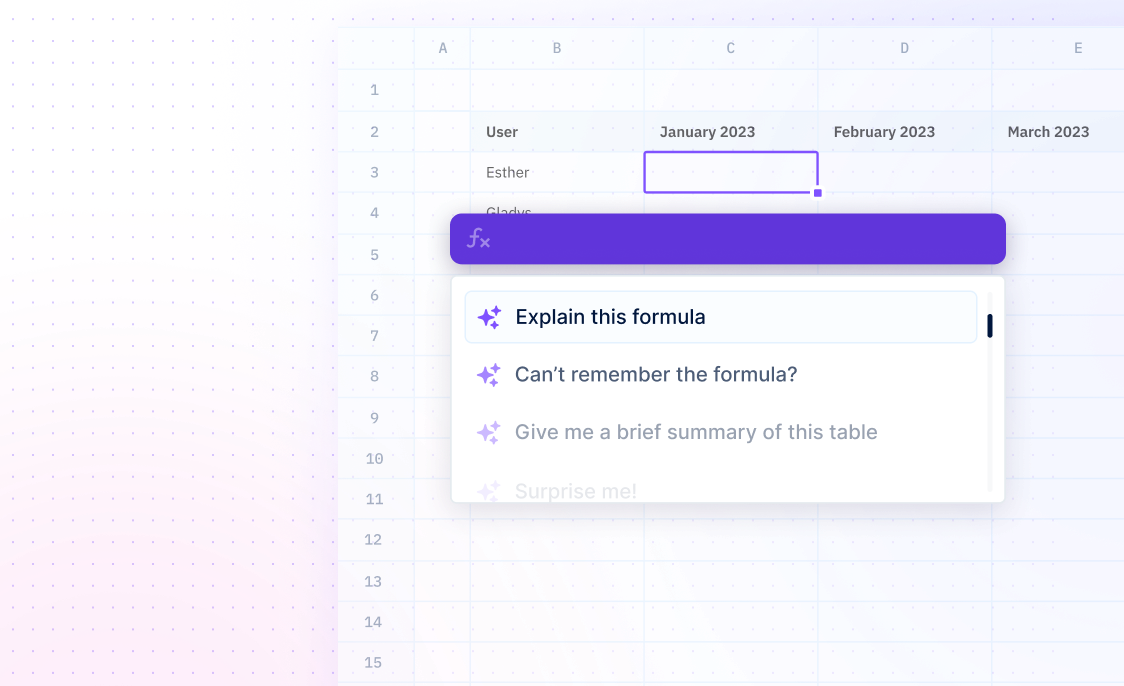
ISERR
Formulas / ISERRTest for any error but #N/A.
=TRUE
- value - the value to test
Examples
ISERR(Scratch.X1)The ISERR function returns TRUE if an argument references an error value, such as #VALUE!. For example, this returns TRUE because the #VALUE! error is recognized by the ISERR function.
ISERR(Scratch.A1)The ISERR function does not recognize all errors. For example, this returns FALSE because the #N/A! error is not recognized by the ISERR function.
Summary
The ISERR function is used in formulas that refer to the value of another cell. It checks for errors and returns a logical value of TRUE or FALSE depending on the result.
- ISERR takes one argument, called 'value', which is usually a cell number.
- ISERR returns TRUE for any error type, except for the #N/A error.
Frequently Asked Questions
What is the ISERR function?
The ISERR function is a function in Sourcetable which is used to test the outcome of a calculation. It returns TRUE if the value argument is not a reference to an empty cell, and FALSE if the value argument is a reference to an empty cell.
What is the purpose of the ISERR function?
The ISERR function is used to test the outcome of a calculation in Sourcetable. It can also be used to locate errors in formulas.
How does the ISERR function work?
The ISERR function returns TRUE if the value argument is not a reference to an empty cell. It returns FALSE if the value argument is a reference to an empty cell. The function works with double quotation marks to make numbers look like text.
What are some examples of using the ISERR function?
- Checking if a formula's output is an error.
- Checking if a cell is blank or has an error.
- Testing the outcome of an equation.
- Identifying errors in a formula.
- Checking if a result is a number or an error.
Drop CSV


